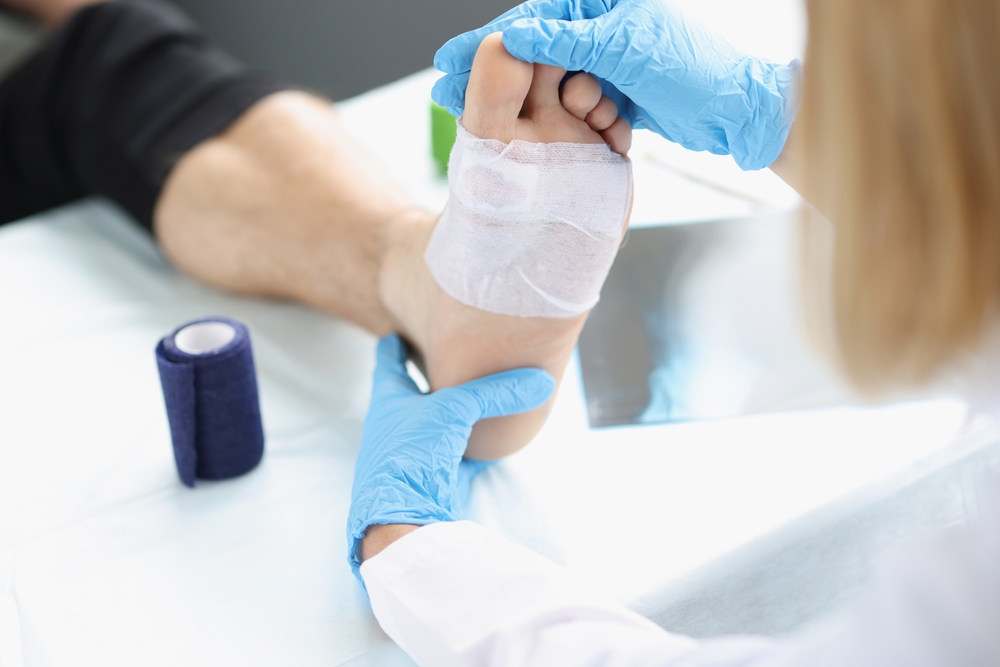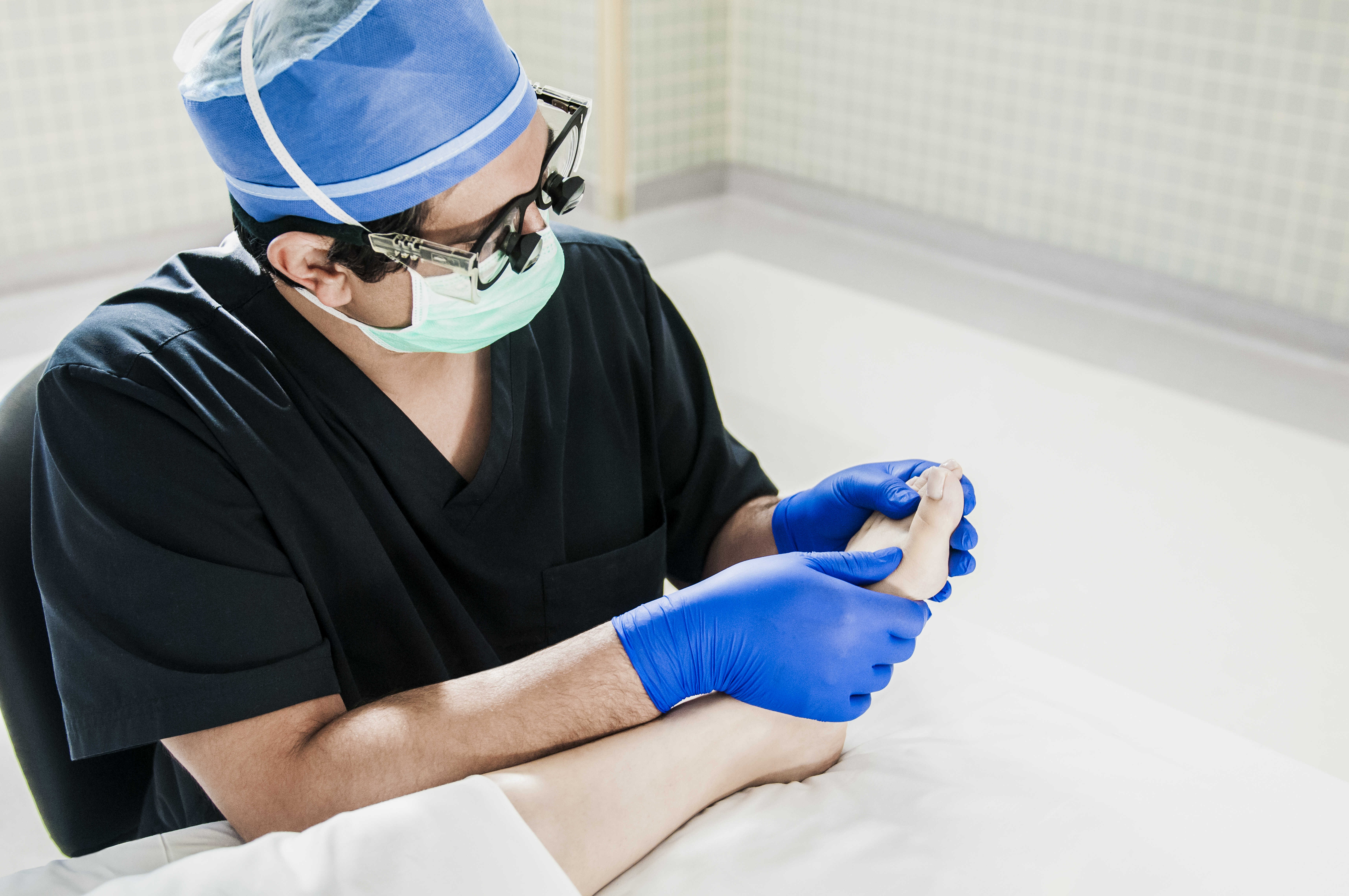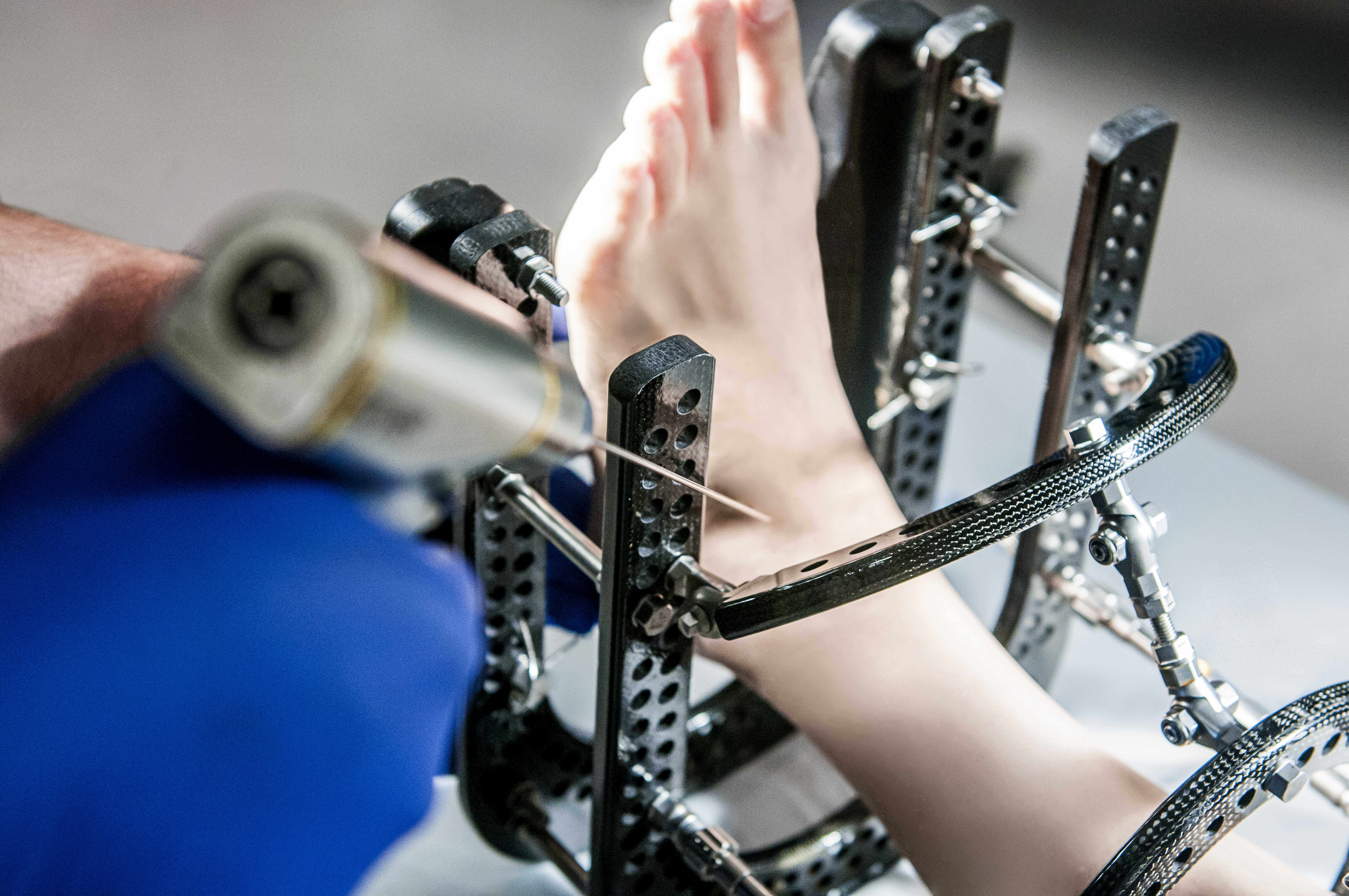
Puncture Wounds: What You Should Do | Oxnard & Northridge CA
What is a Puncture Wounds?
Puncture wounds are not the same as cuts. A puncture wound has a small entry hole caused by a pointed object, such as a nail that you’ve stepped on. In contrast, a cut is an open wound that produces a long tear in the skin. Puncture wounds require different treatment from cuts because these small holes in the skin can disguise serious injury. Puncture wounds are common in the foot, especially in warm weather when people go barefoot. But even though they occur frequently, puncture wounds of the foot are often inadequately treated. If not properly treated, infection or other complications can develop. Proper treatment within the first 24 hours is especially important with puncture wounds because they carry the danger of embedding the piercing object (foreign body) under the skin. Research shows that complications can be prevented if the patient seeks professional treatment right away.
Foreign Bodies in Puncture Wounds:
A variety of foreign bodies can become embedded in a puncture wound. Nails, glass, toothpicks, sewing needles, insulin needles, and seashells are some common ones. In addition, pieces of your own skin, sock, and shoe can be forced into the wound during a puncture, along with dirt and debris from the object. All puncture wounds are dirty wounds because they involve penetration of an object that isn’t sterile. Anything that remains in the wound increases your chance of developing other problems, either in the near future or later.
Severity of Wounds:
There are different ways of determining the severity of a puncture wound. Depth of the wound is one way to evaluate it. The deeper the puncture, the more likely it is that complications such as infection will develop. Many patients cannot judge how far their puncture extends into the foot. Therefore, if you’ve stepped on something and the skin was penetrated, seek treatment as soon as possible.The type and the “cleanliness” of the penetrating object also determine the severity of the wound. Larger or longer objects can penetrate deeper into the tissues, possibly causing more damage. The dirtier an object, such as a rusty nail, the more dirt and debris are dragged into the wound, increasing the chance of infection.
Another thing that can determine wound severity is if you were wearing socks and shoes, particles of which can get trapped in the wound.
Treatment:
A puncture wound must be cleaned properly and monitored throughout the healing process to avoid complications. Even if you have gone to an emergency room for immediate treatment of your puncture wound, see a foot and ankle surgeon for a thorough cleaning and careful follow-up. The sooner you do this, the better: within 24 hours after injury, if possible.The surgeon will make sure the wound is properly cleaned and no foreign body remains. He or she may numb the area, thoroughly clean inside and outside the wound, and monitor your progress. In some cases, x-rays may be ordered to determine whether something remains in the wound or if bone damage has occurred. Antibiotics may be prescribed if necessary.
Avoiding Complications:
nfection is a common complication of puncture wounds that can lead to serious consequences. Sometimes a minor skin develops in two to five days after injury. The signs of a minor infection that show up around the wound include soreness, redness, and possibly drainage, swelling, and warmth. You may also develop a fever. If these signs have not improved, or if they reappear in 10 to 14 days, a serious infection in the joint or bone may have developed. Other complications that may arise from inadequate treatment of puncture wounds include painful scarring in the area of the wound or a hard cyst where the foreign body has remained in the wound. Although the complications of puncture wounds can be quite serious, early and proper treatment can play a crucial role in preventing them.
Puncture Wounds: What You Should Do
- Seek treatment right away.
- Get a tetanus shot if needed (usually every ten years).
- See a foot and ankle surgeon within 24 hours.
- Follow your doctor’s instructions:
- Keep your dressing dry.
- Keep weight off of the injured foot.
- Finish all your antibiotics (if prescribed).
- Take your temperature regularly.
- Watch for signs of infection (pain, redness, swelling, fever). Call your doctor if these signs appear.



